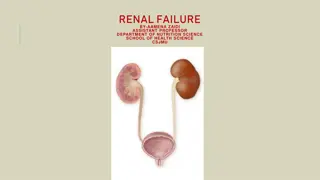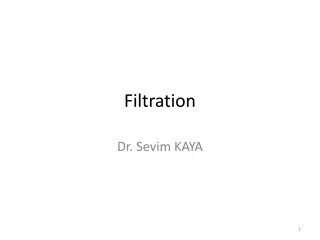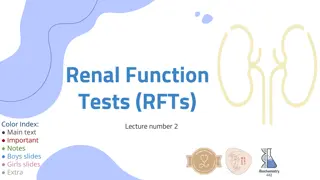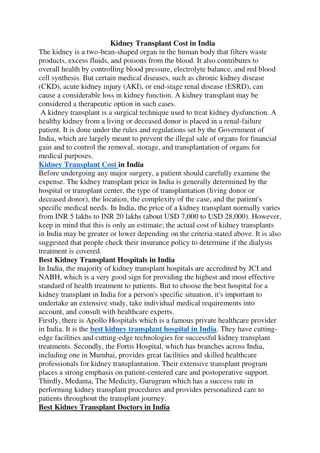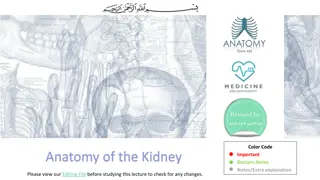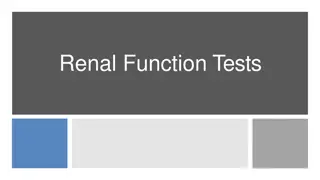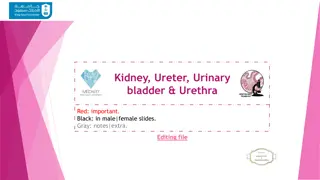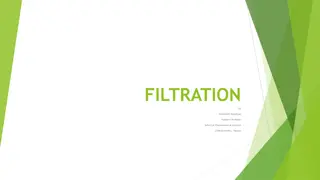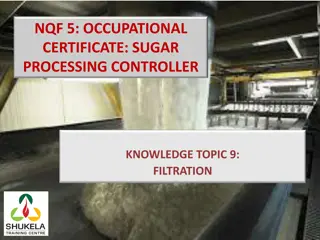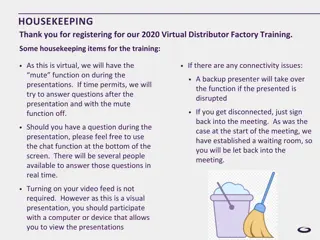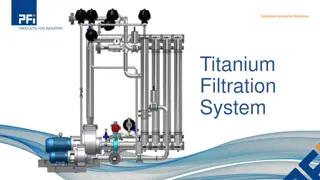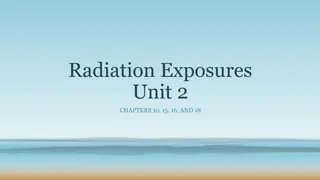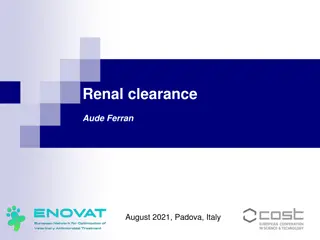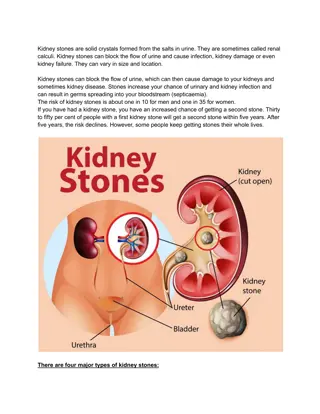Interactive Model Demonstrating Kidney Function for Understanding Filtration and Selective Reabsorption
Explore the function of the kidney through a hands-on model activity involving blood components, filtration, selective reabsorption, and urine formation. This educational demonstration helps students grasp the processes involved in the kidney's role in maintaining homeostasis, including the impact of ADH on water reabsorption.
Uploaded on Nov 19, 2024 | 3 Views
Download Presentation

Please find below an Image/Link to download the presentation.
The content on the website is provided AS IS for your information and personal use only. It may not be sold, licensed, or shared on other websites without obtaining consent from the author.If you encounter any issues during the download, it is possible that the publisher has removed the file from their server.
You are allowed to download the files provided on this website for personal or commercial use, subject to the condition that they are used lawfully. All files are the property of their respective owners.
The content on the website is provided AS IS for your information and personal use only. It may not be sold, licensed, or shared on other websites without obtaining consent from the author.
E N D
Presentation Transcript
Topic Function of the kidney - filtration and selective reabsorption 1. To describe what happens to the components of blood at the kidney (urea, glucose, large proteins, ions, amino acids) by considering filtration, selective reabsorption and urine formation 2. Explain the role of ADH on the kidney tubules by regulating the amount of water that is reabsorbed This activity uses a model to help students understand the function of the kidney. Use this activity after students have been introduced to the concepts of ultrafiltration and selective reabsorption. The model provides an opportunity to really explore and advance understanding. Level GCSE (or any course for students aged 14-16) Outcomes Information for teachers To set up the model fill three glass troughs or washing up bowls with water, food dye and balls according to the diagram on slide 2. This activity is best carried out as a demonstration by gathering students around the three buckets. www.thescienceteacher.co.uk | resources for science teachers who like to think
Kidney filtrate Urine Blood arriving at kidney amino acids glucose protein water urea ions
The demonstration We have three buckets that represent blood, kidney filtrate and urine. In the blood we have five different particles represented by balls: urea, glucose, large proteins, ions and amino acids (show slide 2). Ask students to give examples of large proteins in blood. Make it clear that you are going to model what happens to each particle as blood arrives at the kidneys by moving particles from one trough to another. Demonstrate what happens to glucose by moving all of the purple balls from the red trough into the green trough to show filtration. Pose the question as to whether this molecule is useful or not? You then illicit ideas of useful molecules being reabsorbed into the blood and unwanted molecules forming urine. Now ask different students to use the model for: amino acids (red green red), urea (red green yellow), water (red green some into red and excess into yellow) ions (same as water) and protein (stays in red). Question and provide feedback throughout. To consolidate, ask one student to volunteer to do all of the particles with the help of the class. Finally, to explore the role of ADH, sprinkle some glitter into the red trough and ask the class what would happen to the movement of water particles now. In this model more water would now be returned to the red trough and less water would enter the yellow trough. Now ask students to complete the table and Qs on slide 4.
Present in Y or N Blood Filtrate Explanation Urine All glucose is reabsorbed back into the blood as it is a useful molecule for cells. It is used in respiration. Glucose Y Y N Urea Amino acids Water Ions e.g. Na+ and Cl- Protein 1. Complete the table 2. Protein was represented by a football in this model. Name some proteins that are transported in the blood? 3. Describe how the table above would be different for a person suffering from: 1. diabetes. 2. high blood pressure.


